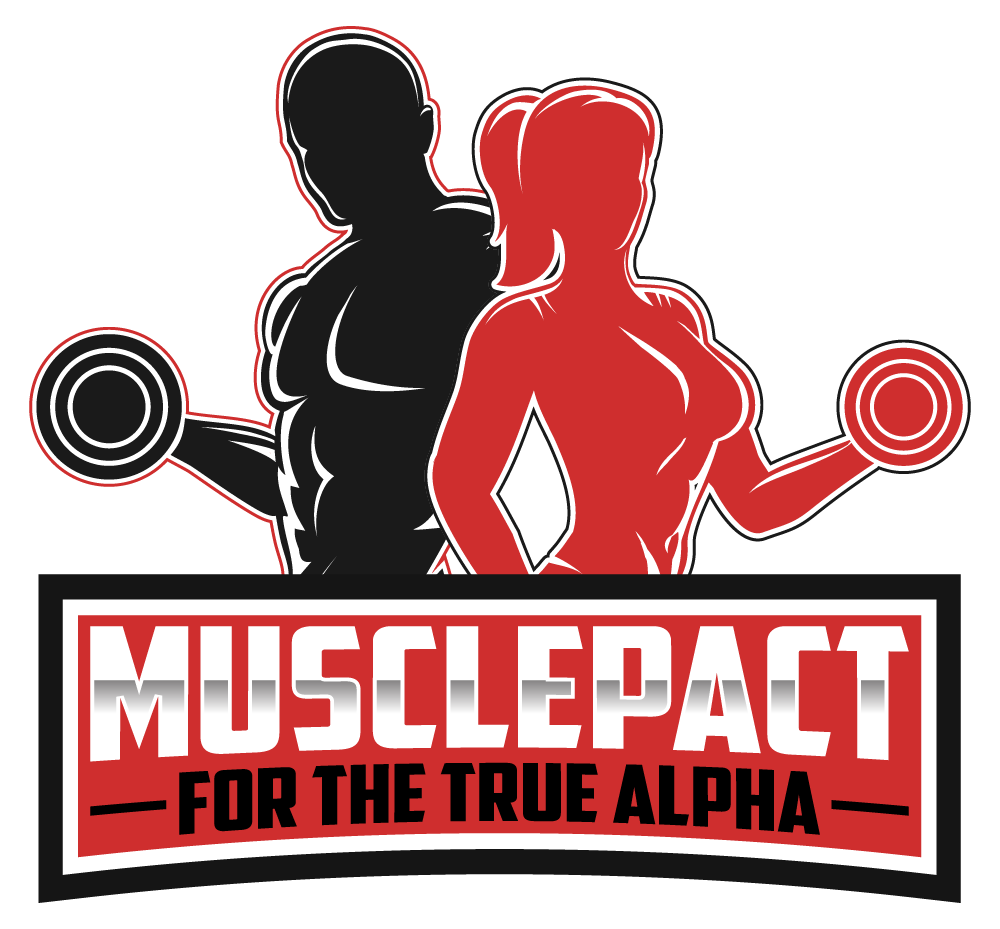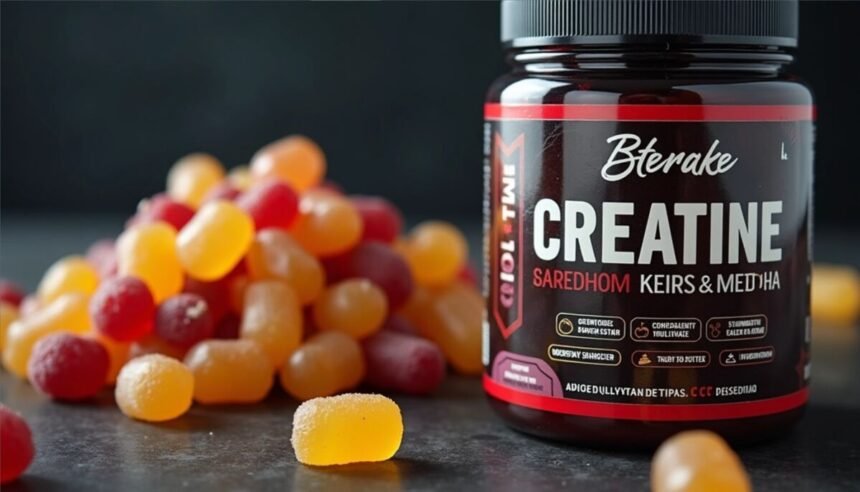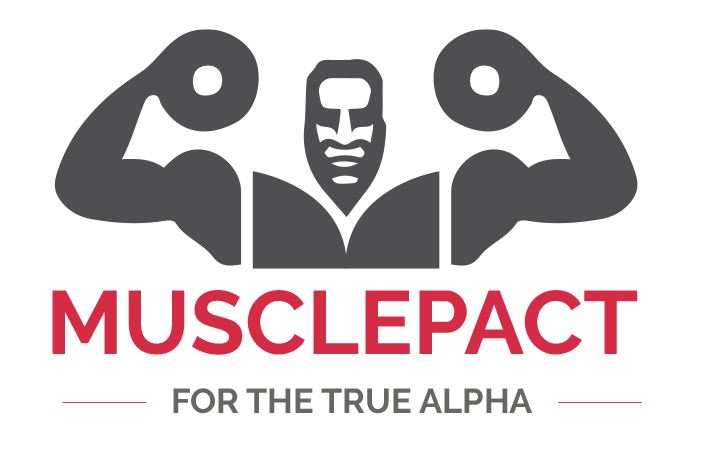If you’ve ever scrolled fitness feeds, you’ve probably seen claims like “You have a body, so you can benefit from it” plastered across neon ads. And yes, creatine really can boost muscle growth and power, but not all products are created equal.
Let’s dive into what’s backed by science—and what’s just slick marketing.
Why Creatine Actually Works
Your body makes roughly half of the 2–4 grams of creatine you need each day; the rest comes from meat, fish, or supplements. Stored in muscle (and even your brain), creatine serves as a turbo-charged energy source for quick, explosive movements. Decades of research have shown it reliably increases muscle mass, strength, and recovery—and there’s intriguing early data on cognition too.
Does that mean everyone needs it? Not necessarily. But if you’re hitting the gym regularly, you’re likely leaving some gains on the table by skipping creatine.
The Marketing Circus
Here’s where it gets maddening. Premium creatine blends, sparkly pink tubs aimed at women (“Sheatine,” anyone?), and flavor fads like “icy blue razz” all command higher price tags despite offering the same monohydrate that’s been proven for ages.
Remember: the supplement industry thrives on hype. As nutritionist Matthew Cooke points out, these companies employ top-tier marketing teams—so don’t assume that a fancy label equals a better product.
Then there’s “femvertising,” the trend of adding collagen or rebranding creatine as a beauty aid. Sure, the idea of crafting your “perfect peach” sounds cute, but a creatine molecule is a creatine molecule. No amount of pastel packaging changes the chemistry.
Expensive Lollies: The Gummy Scam
Let me be blunt—creatine gummies are pennies on the gram when produced honestly, yet they retail for premium prices.
Independent labs repeatedly find some brands barely contain any creatine at all. Remember PUSH? They advertised 5 grams per gummy serving but delivered just 0.102 grams—and got slapped with a sales halt in Australia. Trainer James Smith tested nine brands and found only one (Wellboost’s strawberry banana) actually met the claim.
You’re literally tossing dollars down the drain if you buy the rest. Sure, PUSH told ABC it has since switched manufacturers and pledged third‐party testing, but experts advise steering clear of gummies until the dust settles. Why gamble your hard-earned cash?
Dosage Breakdown
- Loading (optional): 20 grams daily for 5–7 days
- Maintenance: 5 grams per day
- Vegetarians, vegans, and women often start at a lower baseline—so even more reason to top up.
Taking 5 grams straight away nets the same final muscle stores you’d get from a loading phase; it just takes a few weeks longer. No magic, no rush.
Creatine and Women: More Than Pink Packaging
Women naturally have lower dietary creatine intake and smaller muscle mass, which means supplementation can yield especially noticeable results—think improved strength, better recovery, and even potential bone-density support during perimenopause. Early trials hint at relief from menstrual fatigue too, though we need more data.
Yet instead of celebrating this, some brands shamelessly slap on “for her” labels without tweaking the formula. It’s frustrating to see research finally spotlighting women’s health only to have marketing hijack the message.
My Two Cents
I’ll admit, I felt a twinge of skepticism when I first saw those candy-colored tubs. But after swapping gummies for a plain monohydrate powder—no frills, just reliable dosing—I noticed my lifts climbing and my recovery feeling sharper. And hey, it’s cheaper. Why overcomplicate something so straightforward?
If you’re curious, start small: a 5-gram scoop daily, ideally post-workout with a carb source. Track your progress for four weeks. See how you feel. And please, avoid creatine gummies—unless you want to fund someone’s Instagram ads.
Ready to power up honestly? Drop your thoughts in the comments below.
Have you tried gummies or stuck to classic powder? Let us know your experience.
And while you’re at it, follow us on Facebook and Instagram for more real-talk on supplements—no nonsense, just gains.
How much creatine is safe for kidneys? Find out now.
Sources:
- www.abc.net.au/news/2025-08-16/creatine-benefits-strength-training-women-health/105651708
- www.mdpi.com/2072-6643/16/21/3665
- www.classaction.org/creatine-gummy-lawsuits
- www.athletechnews.com/creatine-gummies-amazon-suppco-report/
- www.my.clevelandclinic.org/health/treatments/17674-creatine






